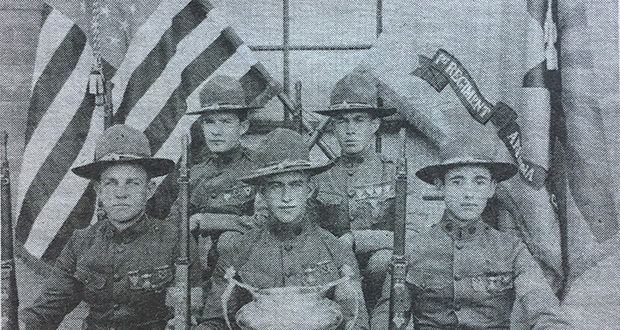The Summer Letdown
Arizona Capitol Reports Staff//July 20, 2007//[read_meter]
Ray Busey, mayor of Phoenix during the In early July of 1947, Phoenix was sizzling. Phoenix had several days of 112 degree temperatures while “Phoenicians, leaving air-cooled buildings for the...
No tags for this post.

















